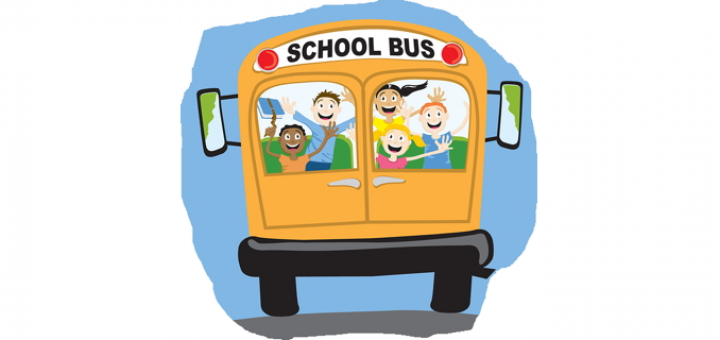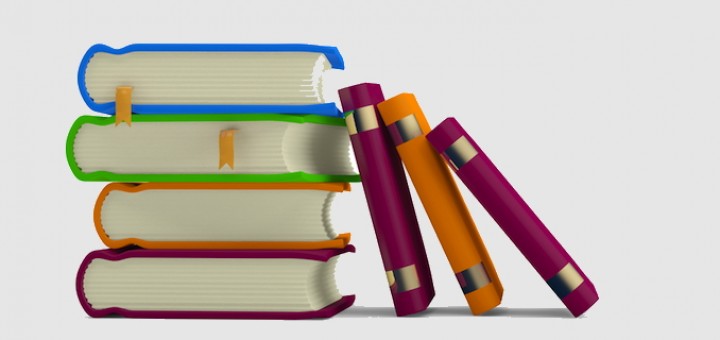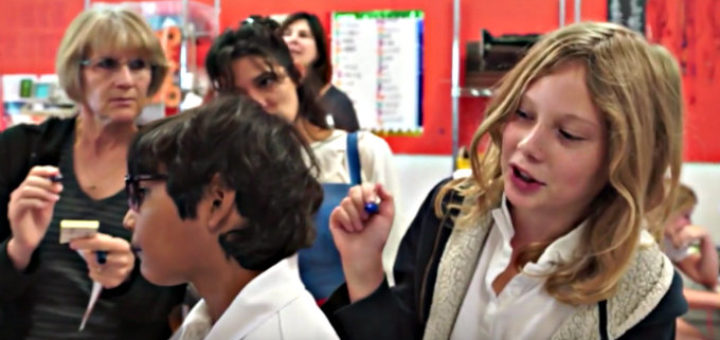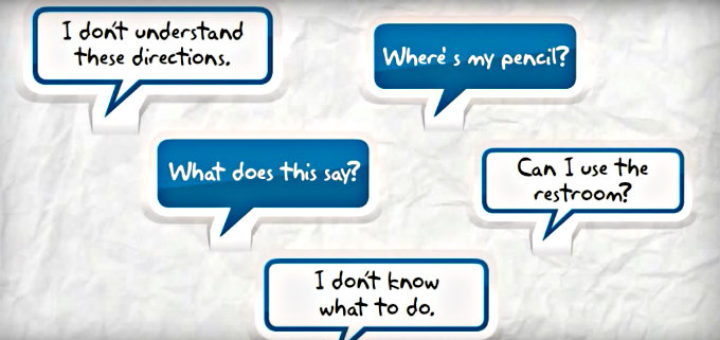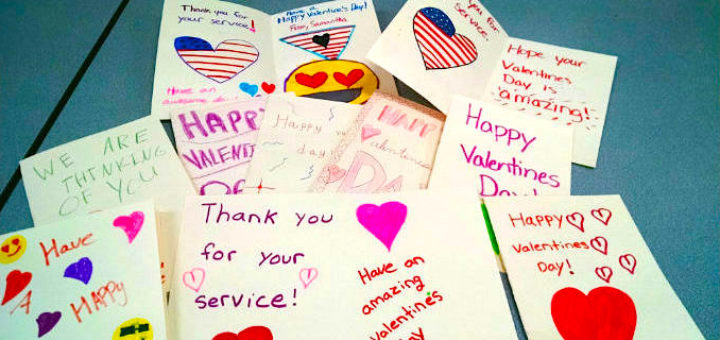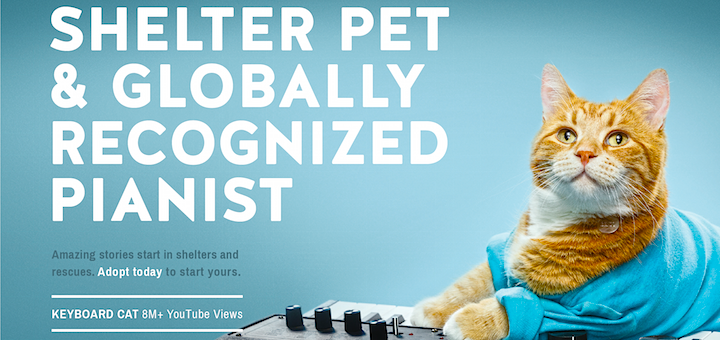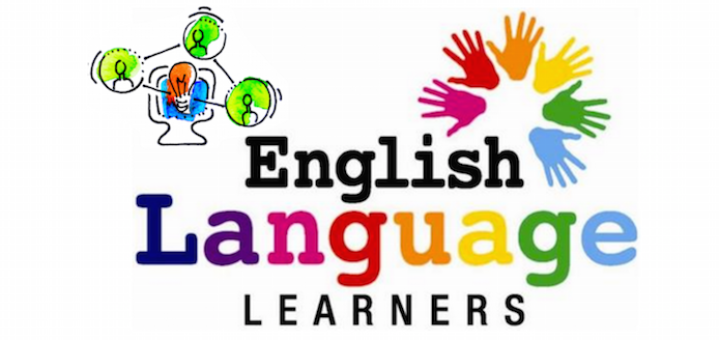A Guide to Creating an Inquiry Classroom
The second edition of John F. Barell’s “Why Are School Buses Always Yellow?” shows teachers how they can inspire young minds to think beyond the text, to ask questions and to wonder, achieving inquiry learning while meeting standards, says reviewer Linda Biondi.

